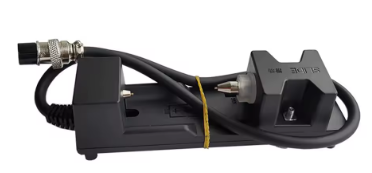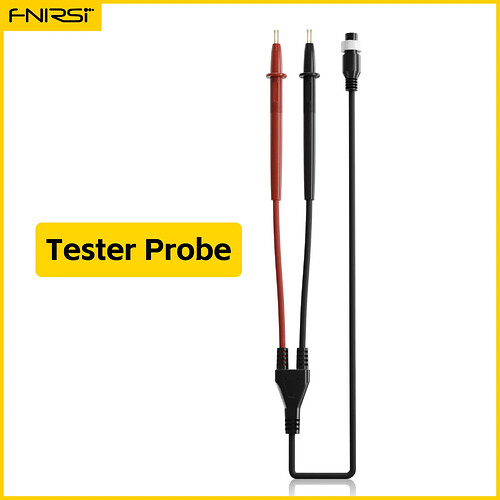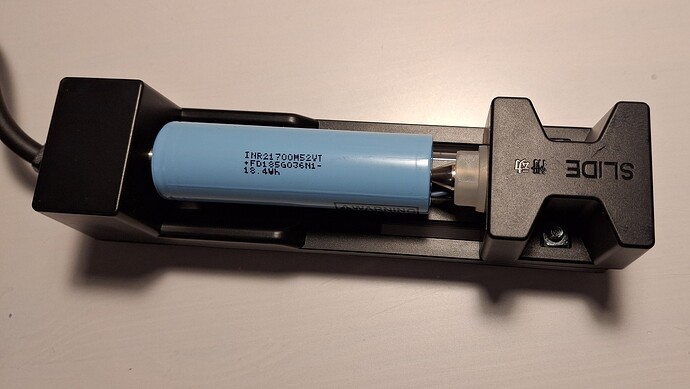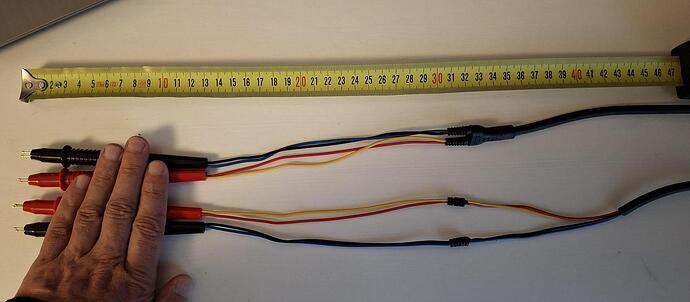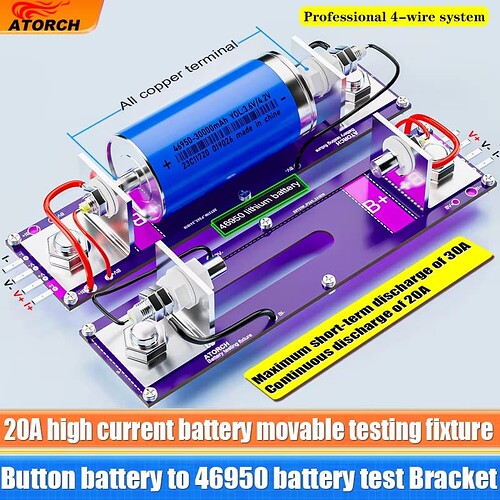I recently stumbled upon this (new) battery internal resistance tester from Fnirsi, the HRM-10.
All the specs can be found on this link: FNIRSI HRM-10 Battery Voltage Internal Resistance Tester
It’s a bit more expensive than the couple of “cheap” Chinese IR testers that have been discussed here on BLF in the past, but I must say that it has some nice extra features.
I also found a written review on the electronics website Elektor(.com): https://www.elektor.com/blogs/review-blog/unveiling-the-precision-of-the-fnirsi-hrm-10-battery-resistance-tester?srsltid=AfmBOorxpAKR9nT3uYOyYMKe5Mwf1ko0dSkVNavx-JlItxgLNF0U3MJ3
A few “highlights” from that review:
Assessing Accuracy: How the Fnirsi HRM-10 Measures Up
Using the Fnirsi HRM-10 is straightforward, especially in auto-ranging mode—just clamp it onto a battery and read the results. But how accurate are those readings? The voltage measurement, displayed with four decimal places, is impressively precise. When connected to a bench power supply set at 5 V, the HRM-10’s reading differed by only 100 µV from my trusted Fluke 189 multimeter. Although my Fluke hasn’t been calibrated in over a decade, its reliability still holds up.
As for resistance measurements, the HRM-10 displays two decimals in milliohm mode, indicating a potential accuracy of 10 µΩ. I tested it with a 5 mΩ, 0.1% precision resistor, and the HRM-10 reported values fluctuating between 5.07 mΩ and 5.08 mΩ—slightly higher than expected, according to the resistor’s manufacturer, Vishay Precision Group. However, when I switched to ‘Resistance calibration’ mode, the reading stabilized between 4.99 mΩ and 5.00 mΩ, which is spot on.
These results convinced me of the HRM-10’s accuracy, and I opted not to tamper with its calibration, trusting that Fnirsi’s tools are more precise than anything I have on hand.
There is something that is important to know though:
Important Note on Using Kelvin Test Leads
Before you dive into testing batteries with the HRM-10, it’s crucial to carefully read the user manual, as it contains a key detail hidden in the ‘Precautions’ section about the Kelvin Plus test leads. The manual specifies that the clamps must always remain open during testing for accurate measurements—the jaws should never touch each other directly. While this is easy to achieve when testing batteries with protruding contacts, like the positive side of an AA cell, it can be challenging with flat contacts, such as the negative side. It’s important not to overlook this, as closed clamps can lead to unreliable results, especially when using the Pass/Fail test mode. This crucial detail should have been highlighted more prominently in the instructions.
Besides that there are several (creative) workarounds, Fnirsi also do offer possible solutions for this in the form of a specific two-pronged probe and battery holder/carrier, which can be bought individually, but Fnirsi themselve (on their website and on the official Aliexpress store) sells them also as a bundle with the HRM-10, which basicly means that you get both for the price of what afterwards only 1 of the 2 would cost.
Unfortunately I’ve read today that the battery holder tester doesn’t support 21700 batteries, but if you’re planning to buy the other probe anyway, you can just as well buy the bundle and get the battery holder “for free”.
There are several (review) video’s about the HRM-10 to be found on youtube, but I also found this one with a teardown usefull, since it gives an idea about the build quality on the inside:
Anyway, I’ve ordered one (the complete ‘bundle’) which will hopefully arrive just before Christmas. I’m looking forward to see how I will like it! ![]()

